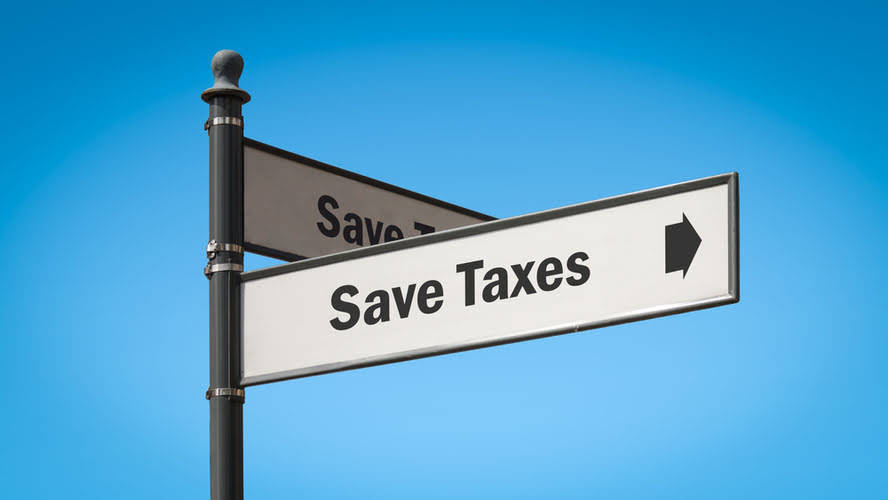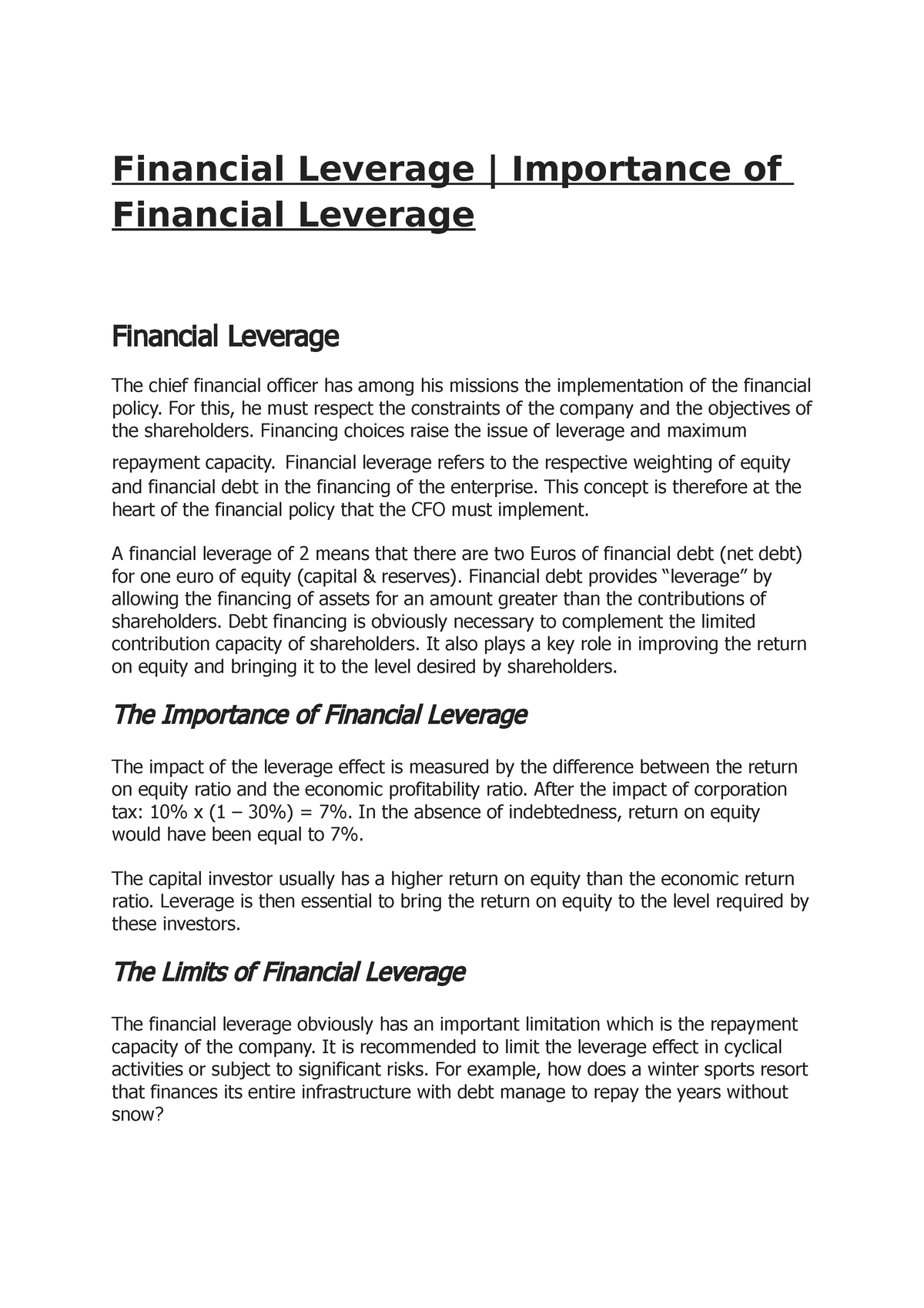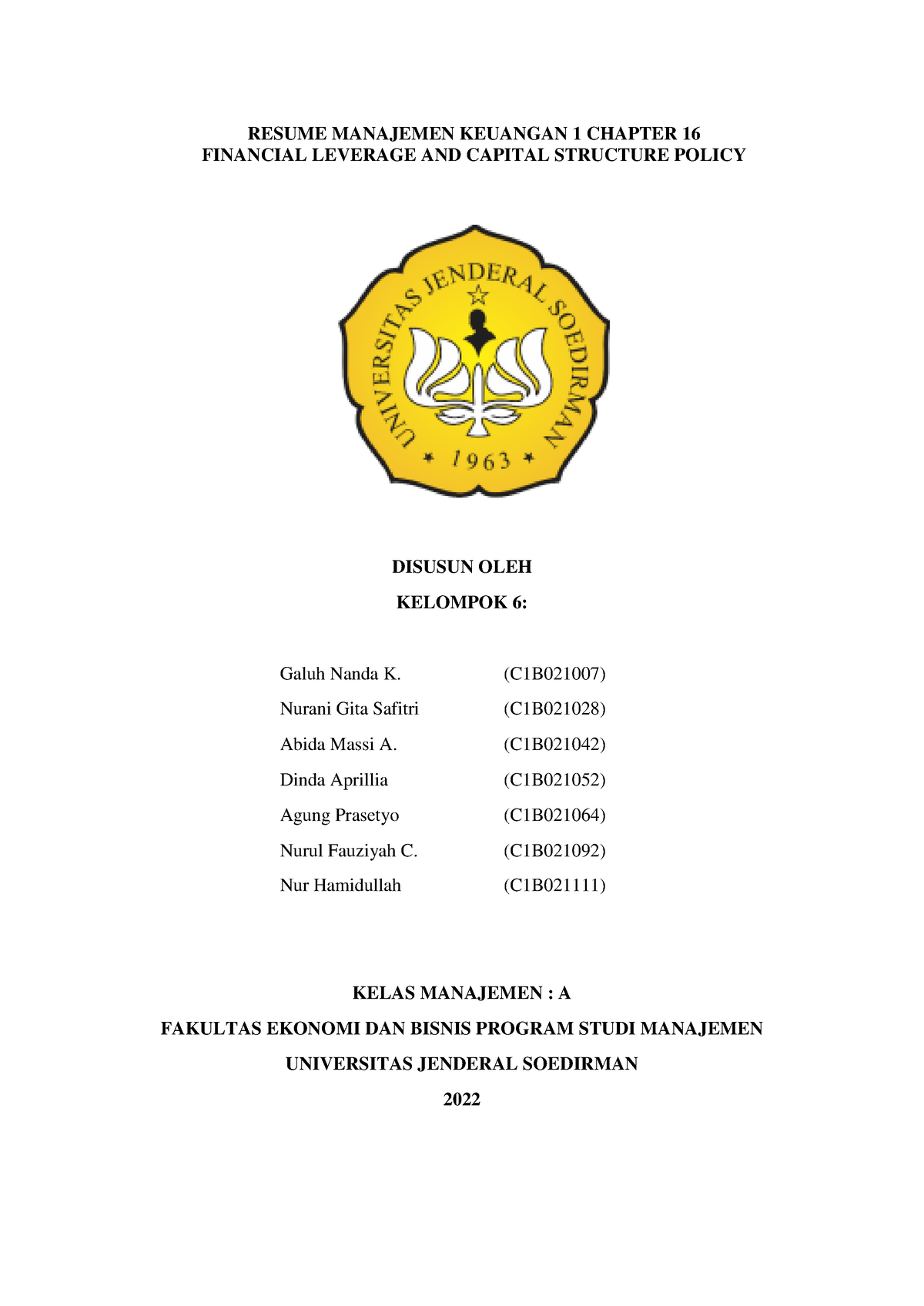Thus, maximizing the number of investments using the same amount of cash. A longer period leaves cash tied up in investments without the ability to reinvest funds elsewhere. The total cash flows over the five-year period are projected to be $2,000,000, which is an average of $400,000 per year. When divided into the $1,500,000 original investment, this results in a payback period of 3.75 years. However, the briefest perusal of the projected cash flows reveals that the flows are heavily weighted toward the far end of the time period, so the results of this calculation cannot be correct.
It’s also favored by managers and investors working in high-risk or uncertain environments where rapid returns are critical. The payback method is dividend payable dividend payable vs dividend declared best for quick decisions, especially when it’s important to get the initial investment back fast. It’s also useful for small businesses or start-ups with limited cash, or in uncertain, high-risk situations.
Julia Kagan is a financial/consumer journalist and former senior editor, personal finance, of Investopedia. These were some of the many advantages that are pivotal to the popularization of this method among businesses all around the globe. However, even the Moon has its blemishes and there is no such thing as an only positive method. Every method carries its weaknesses, in its assumptions, procedures, or the key aspects of the subject under study that it drives past. Ultimately, the goal of accountancy is to secure a standard language for business processes and transactions that smoothens the way for complicated calculations and guesswork.
Payback Period and Capital Budgeting
In most cases, this is a pretty good payback period as experts say it can take as much as 7 to 10 years for residential homeowners in the United States to break even on their investment. It is a method that ensures the viability of the investment option chosen and whether it is the best among the plethora of options at the disposal of business stakeholders. Capital budgeting has never been easier than when you utilize this method of project valuation.
Advantages and disadvantages of payback method
Hope learned how these methods fail and succeed in their operation to calculate the period for returns to match the initial investment. The payback method is utilized preparing a trial balance to estimate the cost of the project and the expected returns. Knowing the payback period is helpful if there’s a risk of a project ending in the future. For example, if a company might lose a lease or a contract, the sooner they can recoup any investments they’re making into their business the less risk they have of losing that capital.
The payback period is a simple measure of how long it takes for a company to recover its initial investment in a project from the project’s expected future cash inflows. As such, it should what is a general journal not be used alone as an investment appraisal technique – other methods should be used such as ROI, NPV or IRR. In its simplest form, the payback period is calculated by dividing the initial investment by the annual cash inflow.
It is determined by counting the number of years it takes to recover the funds invested. For example, if it takes five years to recover the cost of the investment, the payback period is five years. Others like to use it as an additional point of reference in a capital budgeting decision framework. It ignores the time value of money (TVM), unlike other methods of capital budgeting such as net present value (NPV), internal rate of return (IRR), and discounted cash flow. Managers who are concerned about cash flow want to know how long it will take to recover the initial investment.
Payback method vs payback period
The answer is found by dividing $200,000 by $100,000, which is two years. The second project will take less time to pay back, and the company’s earnings potential is greater. Based solely on the payback period method, the second project is a better investment if the company wants to prioritize recapturing its capital investment as quickly as possible. Although calculating the payback period is useful in financial and capital budgeting, this metric has applications in other industries.
Is a Higher Payback Period Better Than a Lower Payback Period?
Alaskan Lumber is considering the purchase of a band saw that costs $50,000 and which will generate $10,000 per year of net cash flow. Alaskan is also considering the purchase of a conveyor system for $36,000, which will reduce sawmill transport costs by $12,000 per year. The payback method evaluates how long it will take to “pay back” or recover the initial investment.
- It is an effective means of hedging in times of economic downturn, however, it does not create any new assets or liabilities and is only concerned with a change of ownership, not about increasing production.
- This time-based measurement is particularly important to management for analyzing risk.
- For instance, two projects may have the same payback period, but one generates more cash flow in the early years and the other generates more profitability in the later years.
- After almost a decade of experience in public accounting, he created MyAccountingCourse.com to help people learn accounting & finance, pass the CPA exam, and start their career.
- One great online investing tool is SoFi Invest® online brokerage platform.
- The payback period, typically stated in years, is the time it takes to generate enough cash receipts from an investment to cover the cash outflow(s) for the investment.
- There are a variety of ways to calculate a return on investment (ROI) — net present value, internal rate of return, breakeven — but the simplest is payback period.
Payback Period: Formula and Calculation Examples
- Finally, corporate finance is the type of highest concern for us considering the title.
- Management will set an acceptable payback period for individual investments based on whether the management is risk averse or risk taking.
- The breakeven point is a specific price or value that an investment or project must reach so that the initial cost of that investment or project is completely returned.
- Cumulative net cash flow is the sum of inflows to date, minus the initial outflow.
- Additional complexity arises when the cash flow changes sign several times; i.e., it contains outflows in the midst or at the end of the project lifetime.
- • To calculate the payback period you divide the Initial Investment by Annual Cash Flow.
Generally speaking, an investment can either have a short or a long payback period. The shorter a payback period is, the more likely it is that the cost will be repaid or returned quickly, and hence, the more desirable the investment becomes. The opposite stands for investments with longer payback periods – they’re less useful and less likely to be undertaken.
Limitations of Using a Payback Period for Analysis
In simple terms, the payback period answers „how long it takes“ to recover an investment, while the payback period method favors projects with shorter payback periods for faster returns. The method finds out how many years it will take for a project’s cash inflows to match the initial investment. A shorter payback period is generally preferred over a longer payback period, as it indicates a quicker return on investment (ROI) and a higher net present value. Company C is planning to undertake a project requiring initial investment of $105 million.
TERMS
Speaking of company investment, investing in a reliable HR tool gives you a competitive edge by aligning offers with market trends. Real-time Job Posting Salary Data solution helps you stay ahead with real-time insights. The management of Health Supplement Inc. wants to reduce its labor cost by installing a new machine in its production process. For this purpose, two types of machines are available in the market – Machine X and Machine Y. Machine X would cost $18,000 where as Machine Y would cost $15,000. Cumulative net cash flow is the sum of inflows to date, minus the initial outflow.
This target may be different for different projects because higher risk corresponds with higher return thus longer payback period being acceptable for profitable projects. For lower return projects, management will only accept the project if the risk is low which means payback period must be short. Projects having larger cash inflows in the earlier periods are generally ranked higher when appraised with payback period, compared to similar projects having larger cash inflows in the later periods.
Advantages and Disadvantages of the Payback Period
The desirability of an investment is directly related to its payback period. In the Jackson’s Quality Copies example featured throughout this chapter, the company is considering whether to purchase a new copy machine for $50,000. A week has passed since Mike Haley, accountant, discussed this investment with Julie Jackson, president and owner. Refer to Figure 8.2, Figure 8.4, and Figure 8.5, and Table 8.1 as you learn what Mike’s findings are.
It is the type of finance that deals with business transactions and many of the same principles as public and personal finance. These will be discussed at length and will certainly provide vivid details and pragmatic answers to all your queries. Now that we have outlined the major points of discussion of our article, let us not take the first step to learn about the payback period method. • To calculate the payback period you divide the Initial Investment by Annual Cash Flow. Due to the increase in discounting over time due to the effect of compounding, positive payback returns may turn into negative ones after being discounted.
So if you pay an investor tomorrow, it must include an opportunity cost. When we talk about the payback method, it is important to have a couple of pieces of information. We will also need to know what our net cash flow per year will be with this purchase. With this information, we can figure out how many years it will take to get our initial investment back. This formula can only be used to calculate the soonest payback period; that is, the first period after which the investment has paid for itself. If the cumulative cash flow drops to a negative value some time after it has reached a positive value, thereby changing the payback period, this formula can’t be applied.










